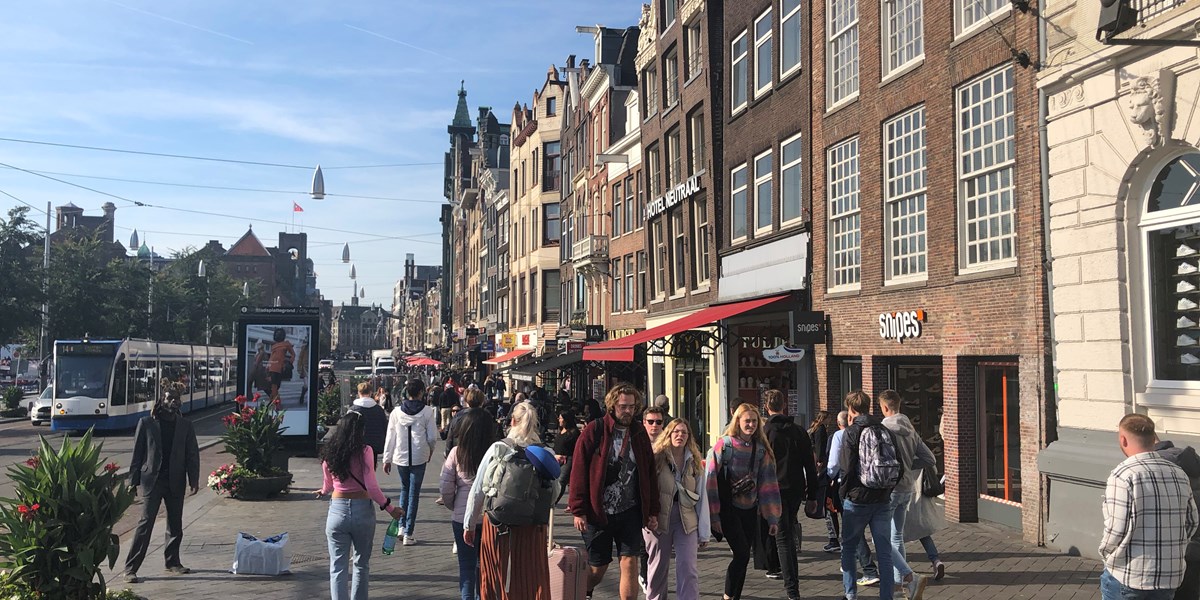In the blink of an eye, GenerativeAI has morphed from a buzzword to a boardroom staple. Just as executives were getting comfortable with the term, a few new lexicons have emerged, leaving many wondering: Is this just more marketing to keep us intrigued? Are we struggling with AI attention deficit? Or is the linguistic evolution simply keeping pace with technological leaps?
Generative AI, the wunderkind of the AI world, burst onto the scene in November 2022 with the release of ChatGPT. It has the remarkable ability to create content that can pass for human-generated content. While some can argue, Generative AI has been hogging the spotlight, its predecessor, Applied AI, has been quietly revolutionizing industries behind the scenes.
Applied AI, is less interested in creating sonnets and more focused on completing specific tasks that solve practical problems in everyday life. It can accelerate our ability to be more efficient by digitizing tasks that are ordinarily cumbersome and manual. Primitive examples of Applied AI include Siri, which can take notes and send reminders. Google Maps, which provides real-time routes taking millions of data points into consideration such as traffic patterns, weather patterns, construction on roadways, and more.
However, in recent weeks, a new lexicon has emerged, Physical AI. Whereby researchers and big-tech companies have converged both software and hardware into a single AI application. Brett Adcock from Figure Labs just released Figure 02. Nvidia CEO Jensen Huang predicted that advanced Robotics is the next revolution of AI.
This emerging field combines artificial intelligence with robotics and materials science, creating intelligent systems that can interact with and manipulate the physical environment. Imagine self-healing infrastructure, shape-shifting materials, or robots with the dexterity of a human hand. Physical AI doesn’t threaten to replace Generative or Applied AI; rather, it now complements and creates a triage, by bridging the gap between digital intelligence and the physical realm.
As this technology matures, we could see AI moving beyond screens and servers, becoming an integral part of our physical surroundings. From smart cities that adapt to environmental changes, to medical devices that respond to the body’s needs in real-time.
As the AI landscape continues to exponential expand, even industry insiders find themselves in a perpetual game of catch-up. From autonomous vehicles to robotics, each new application seems to spawn its own terminology, leaving many confused and pondering a deceptively simple question: “Just how many flavors of AI are there?”
For decision-makers and the curious, the key is not to get bogged down in terminology and the AI alphabet soup, but to focus on the potential applications and impacts. AI is not a monolith, but a diverse ecosystem of tools and techniques, each evolving and specializing to meet different needs. It’s less about how many AI’s exist, and more about understanding which type of AI is best suited to solve your specific business challenges.















